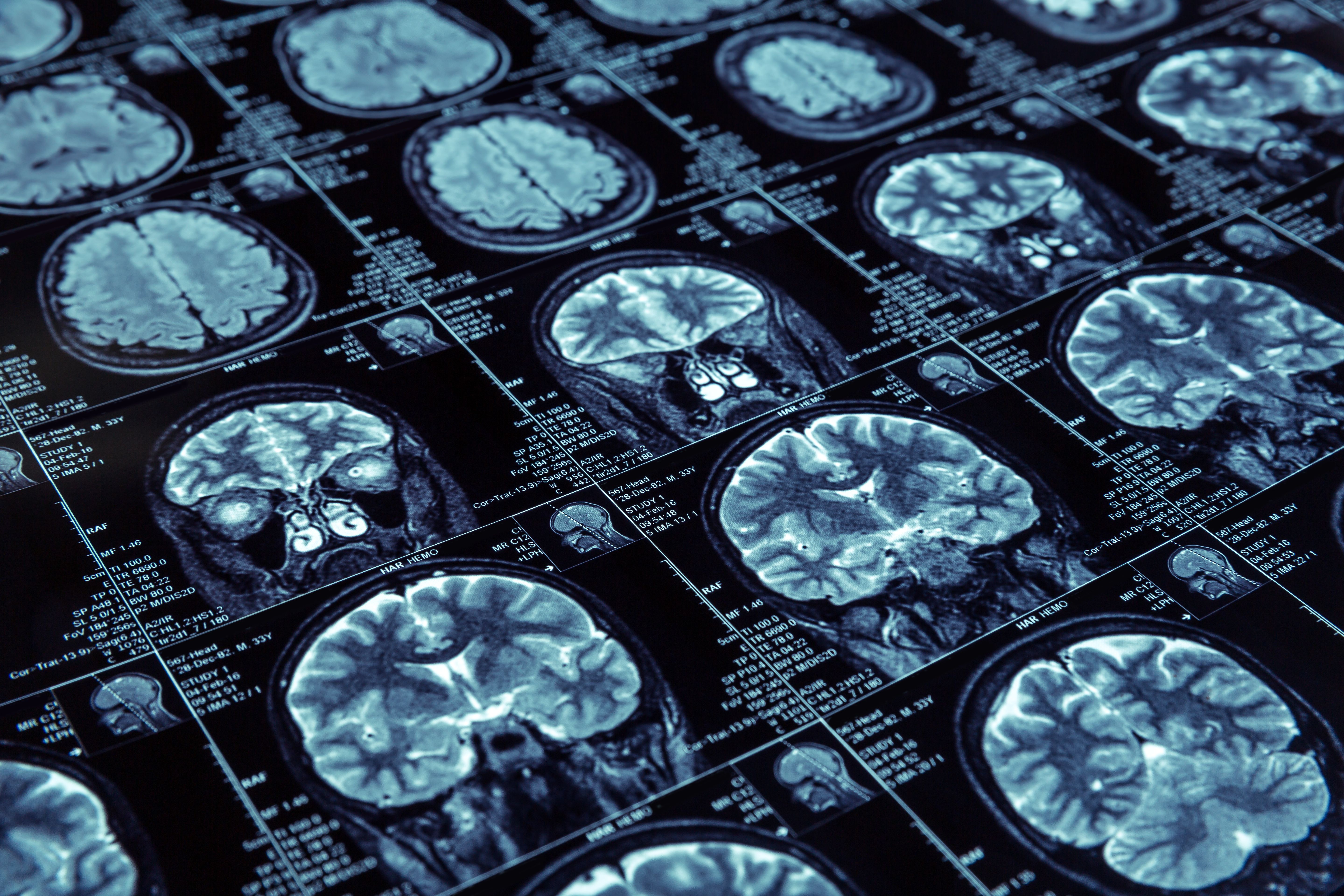News
Article
Human Pluripotent Stem Cell Line Variability Supports Successful Cortical Organoid Production
Author(s):
Small adjustments in human pluripotent stem cell cultures and the molecule concentration patterns in the initial 5 days of differentiation are essential to “rescue” the lines.
Image credit: StockPhotoPro | stock.adobe.com

Variability between different human pluripotent stem cell (hSPC) lines in the expression of key ligands and receptors aids to the variability of success of cortical organoid production, said presenter Taylor Bertucci, PhD, research scientist, Neural Stem Cell Institute at Rensselaer, New York, during a featured research session at the 2024 Alzheimer’s Association International Conference (AAIC), which was held in Philadelphia, Pennsylvania, from July 28 to August 1.
Previously, cortical organoids were used to model dominantly inherited FTD-tau, and Bertucci noted that although these data have provided essential insights, cortical organoid models have yet to reach their full potential. Studies are often hindered by well-recognized hurdles, such as low production efficiency and high variability between individual organoids, across lines, and experiments. There is a need for a protocol that consistently generates well-patterned cerebral cortical organoids.
According to Bertucci, cortical organoids mature over time in a similar fashion and are followed by a deep layer and upper layer neural subtypes. To study the mechanisms, Bertucci took 4 organoids and conducted phenotyping of them over time. With the use of single cell RNA sequencing, she determined there were 16 different subtypes of neuron cells within the organoids, including interneurons and regenerative cells, among others. Additionally, she determined that tau phenotypes can change over time.
“At early time points, we see when we compare a V337M mutant organoid to its isogenic control, we don't see any changes in tau phosphate status, and as these organoids age, we see this hyper phosphorylation of the mutant organoids,” said Bertucci during the AAIC presentation. “This time course experiment allows us to ask questions about what are the earliest changes in these cell types prior to neuronal cell death, which we capture at later time points in these model systems.”
Despite the success of the research, Bertucci noted that there were some challenges related to efficiency and reproducibility of the organoid systems. In an attempt to offset this, efforts were made to scale up the model production. The first step in the original protocol involved organizing organoids into dishes. Organoids were grown in 96 specialized, slit-well plates and generated in its own well, increasing an efficient production from about 10% to 100%. Bertucci noted observing an immediate impact of the new consistency, not only in the size of the organoid, but the growth curve. This trend continued up to 6 months.
Further, Bertucci explained that this significant increase in efficiency and growth was exciting, leading to the inclusion of organoids from 12 different lines and 6 different donors. The majority of lines generated robust neurons, but only half (n = 6) made organoids that contained cell types that were specific to the blood types, which was shown by CTIP2 and TBR1, and persisted in a 2-month timeframe.
“So, we've done a lot of work sort of trying to wrap our arms around how we're going to have a protocol that is reproducible across different [induced pluripotent stem cell (iPSC)] lines?” said Bertucci. “One of our more recent batches [was] across 17 lines, and you can appreciate the majority of them are passing this 2-month [quantitative polymerase chain reaction] step, and then across the donors, we're having more consistency.”
During this research, Bertucci had some lines which generated a significant amount of meso-endodermal cell types within the cortical brain organoids, and these off-target cell types were found to derive from lines that were not as pluripotent at the start. Bertucci also noted that when culturing iPSCs with soluble FGF2, which is a critical signal for pluripotency but has a short half-life, adjustments had to be made when translating how these iPSCs develop.
“We have translated how we grow our iPSCs and we developed FGF2 disks, and this is a sustainable use technology that will sustain FGF2 culture for the weeks’ time,” said Bertucci. “We're able to completely minimize and almost completely eliminate these phosphoric sulfates in our organoid systems.”
Further, the other takeaway was that small adjustments in the culture of hPSCs and the patterning molecules’ concentration during the initial 5 days of differentiation were essential to enable efficient and reproducible organoid production, therefore “rescuing” the lines. Bertucci found that lines that initially did well in the original protocol worsened when SB concentration was increased, whereas other lines were improved. This allows comparisons of disease phenotypes using many different lines from different donors across heritable and sporadic diseases that impact the cerebral cortex.
“[In regard to] future directions, we're taking many…images of all these organoids that we're making, and we're training an [artificial intelligence] system to help us quality control organoids in a non-constructive manner for every [one that we] make, instead of just selecting a few to check,” concluded Bertucci.
REFERENCE
Bertucci, T. Narrowing The Translational Gap In AD Drug Development: Cortical Organoids to Study Tauopathy. Presented at: Alzheimer’s Association International Conference; Philadelphia, Pennsylvania. July 28, to August 1, 2024.
Newsletter
Stay informed on drug updates, treatment guidelines, and pharmacy practice trends—subscribe to Pharmacy Times for weekly clinical insights.






